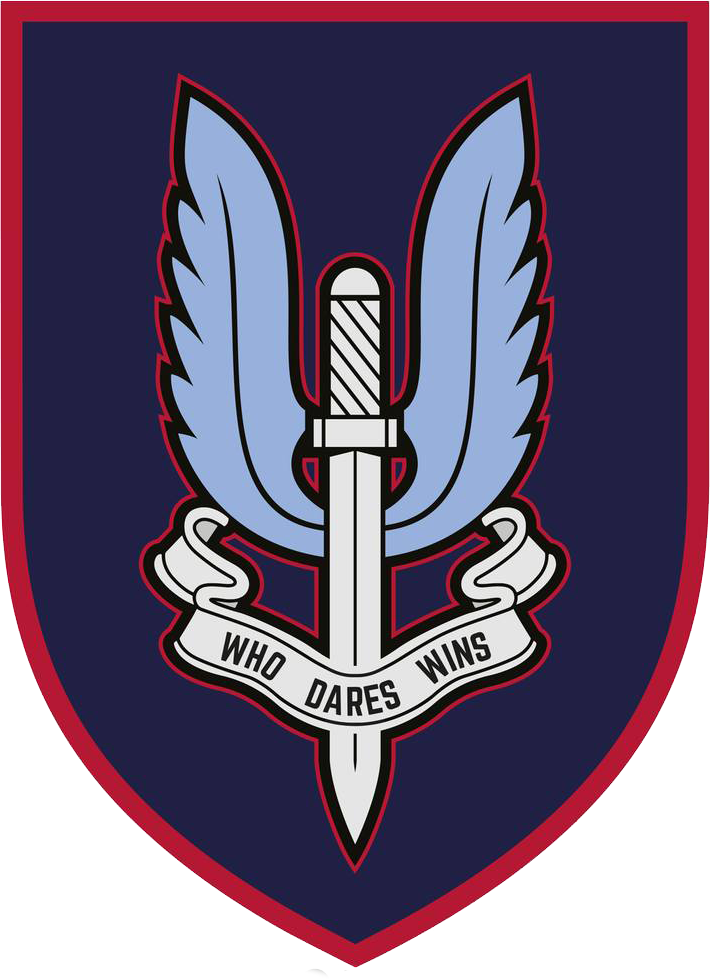History
1942
In January 1942 the first Belgian parachutists were trained in Ringway, England. The same year, the Belgian Independent Parachute Company was established and commanded by Captain E. Blondeel. Later, the unit was divided by the Special Air Service Brigade and became known as the Belgian SAS squadron. The SAS squadron was active during WWII until enemy activities were discontinued. They performed several operations using the parachute regiment and armored jeeps. Thereafter, the unit also took part in counter intelligence operations..
1945
From April 1945, we speak of the “Regiment paratroopers SAS”. The regiment takes part in campaigns in the Netherlands and Germany. After the end of hostilities, this unit carries out a “counter intelligence” mission with the aim of tracking down and apprehending former Nazis and war criminals.
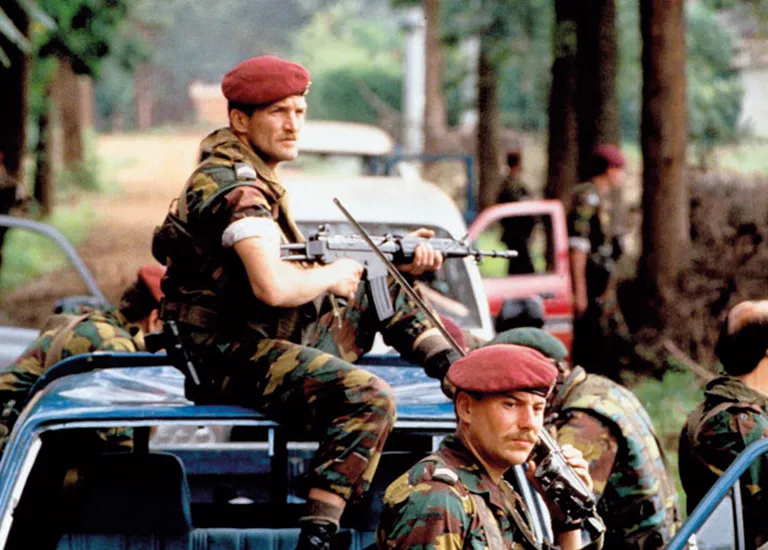
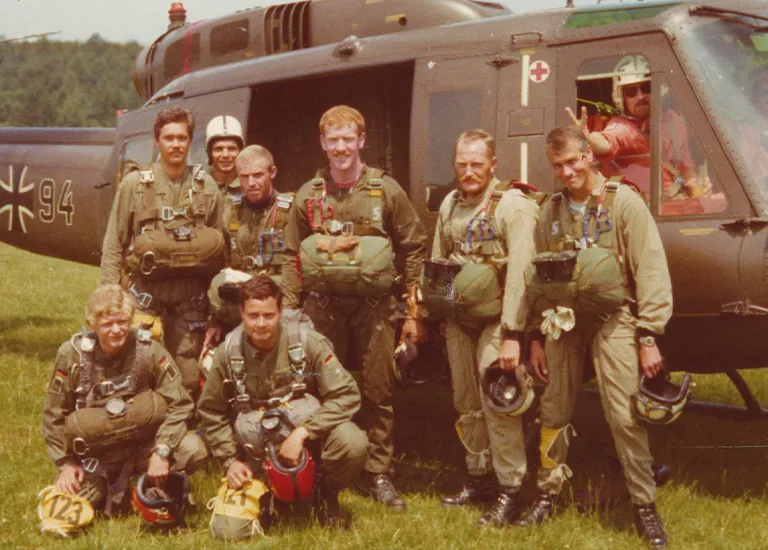
1951
In 1951 on January 3th the two Regiments SAS and Commando where united to become the Paracommando Regiment. From the 1st of April on they will carry the names 1e Battalion Para and 2e Battalion Commando.
1955
In 1955 the SOE (Special Operations Executive), translated as the Special Detection Unit, was created and included operators from all divisions of the Army. The unit was dependent on the 1st Belgian Corps and was commanded by Captain J. BYL and succeeded by Major R. Tagnon.
1964
In 1964, the first Company ESR-GVP (Equipes Spéciales de Reconnaissance-Gespecialiseerde VerkenningsPloegen), translated as the Specialized Reconnaissance Teams, was officially established with R. Tagnon as the first Corps commander. The company was made up of team members from the Army and a Para Commando detachment. They worked in conjunction with all the division as well as the 1st Belgian Corps. The unit consisted of 16 teams of 4 operators as well as support members, for a total of about 120 men. The unit was stationed in Weiden, then in Euskirchen, and finally in Spich until it was disbanded in 1994.
1994
In 1994, the detachment LRRP (Long Range Reconnaissance Patrol) was established following the tradition of the 1st GVP-ESR. The LRRP was dependant on the Para Commando brigade and was stationed in Heverlee till it was disbanded in 2000.. In April 2000, the Special Forces Group was established from the 3rd Regiment Lanciers Parachutisten and was moved to Flawinne. The LRRP was dependant on the Para Commando brigade and was stationed in Heverlee till it was disbanded in 2000..
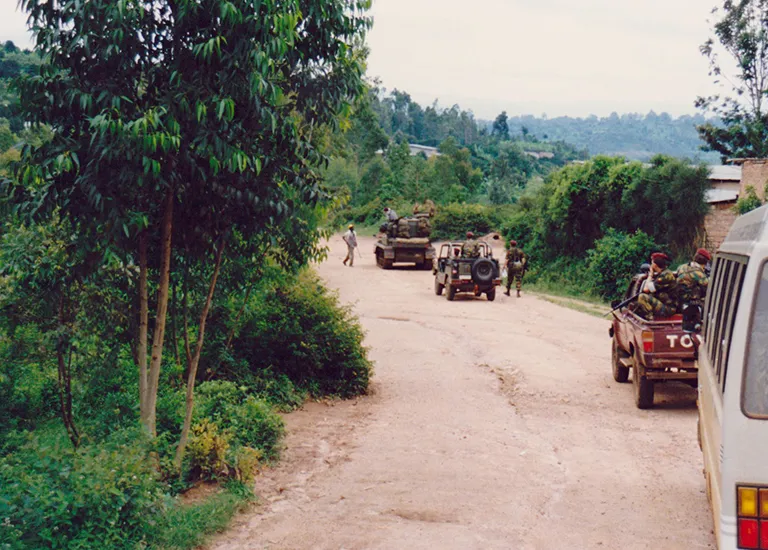
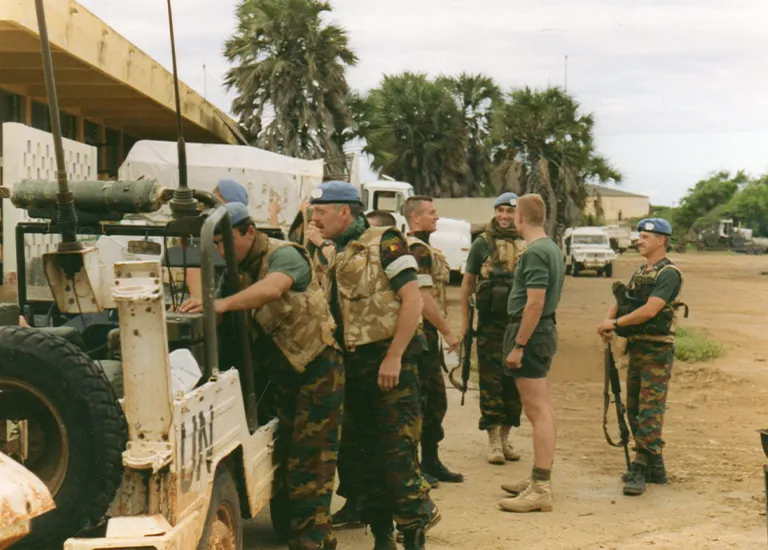
2000
In April 2000, the Special Forces Company was established within the 3rd Parachute Lancers Regiment and relocated to Flawinne. This company replaced one of the two reconnaissance squadrons on jeeps, marking a new phase in the evolution of the operational capabilities of the Belgian special forces.
2003
In February 2003, the dissolution of the 3rd Parachute Lancers Regiment led to the independence of the unit, which became the Special Forces Group, attached to the land component. the SF Gp moved again to the Heverlee barracks and became part of the Light Brigade which recently transited to the Special Operations Regiment. The new name will be Special Forces Group. The SFG retained the cap badge until 2010 that was initially designed for the 1st Cie GVP.
At the end of 2010, following the dissolution of the 1st Parachute Battalion, the unit was honored with the responsibility of preserving the traditions and the colors of the Parachute SAS Regiment. It also adopted the mottos ‘Who Dares Wins’ and ‘Never Surrender’ in addition to ‘Far Ahead.’ A few months later, the Special Forces Group changed its insignia to the original SAS badge, thus affirming its heritage and identity”.
Nowadays
In 2012, the SF Gp moved back to Heverlee barracks and became part of the Light Brigade, which recently switched to the Special Operations Regiment.
